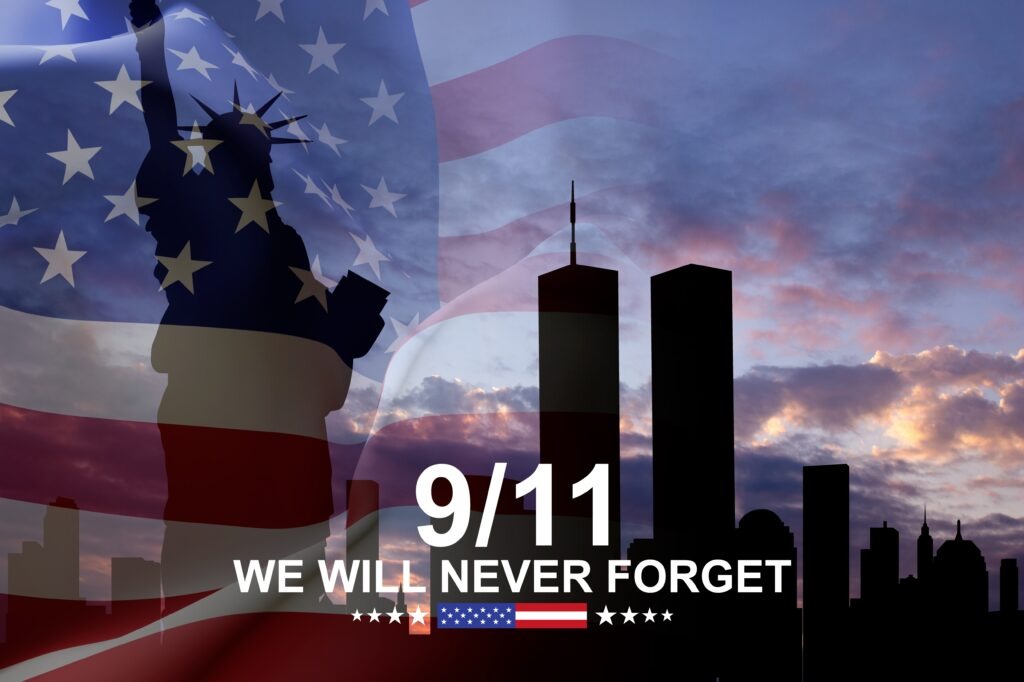Newly Released 9/11 Footage Offers a Rare Look at the Twin Towers’ Collapse

Nearly 23 years after the tragic events of September 11, 2001, a lost piece of history has resurfaced. Kei Sugimoto, a New York resident, has released never-before-seen footage of the Twin Towers’ collapse — captured from a rare and powerful angle that few have ever witnessed.
The footage, hidden away for over two decades, offers a fresh and emotional perspective on a day that changed the world forever. As viewers take in this newly uncovered material, it raises an important question: how many personal records of 9/11 are still out there, waiting to be discovered?
A Forgotten Moment Rediscovered
Sugimoto stumbled across the footage while cleaning out his closet, where he found a box of old video tapes — Hi-8, Digital-8, and DV formats. Alarmed at how many of the tapes had already degraded or become blank due to age, he quickly moved to digitize what he could save. In the process, he uncovered footage he had filmed from the rooftop of 64 St. Marks Place in Manhattan, using a Sony VX2000 camcorder with a teleconverter.
Realizing the historical value of what he had found, Sugimoto decided to share the footage publicly “for historical archival purposes only.” He uploaded the newly digitized and 4K-upscaled video to YouTube, giving the world a hauntingly clear view of the Twin Towers billowing smoke and then crumbling to the ground — seen from a perspective never previously available to the public.
Sugimoto said he felt an urgent responsibility to release the footage before it was lost forever. Since going live, the video has sparked a flood of emotional reactions and renewed reflection on the importance of preserving personal records from that day. As one viewer noted, “It’s crazy that we’re almost 23 years out and still finding new footage.”

How the Public Is Reacting
Sugimoto’s video has quickly gone viral, touching a deep nerve across social media platforms. Viewers have described the footage as both “crystal clear” and “absolutely devastating.” The angle — showing the collapse from the north — is unlike anything most people have seen before, offering a fresh, heart-wrenching view of the tragedy.
Many commenters shared their own memories of September 11, with some saying the footage brought back emotions they hadn’t felt in years. Others emphasized how important it is to preserve and share personal archives to educate future generations about the true scale and human impact of that day.
“This isn’t just history,” one user wrote. “It’s living memory. And it still hurts.”
A New Perspective That Changes How We Remember
Sugimoto’s footage is more than just a new visual — it’s a reminder of how perspective can shape memory. Historians and psychologists agree: the way we see an event can influence how we understand and remember it. Seeing the collapse of the towers from a different angle challenges familiar images we’ve seen for years, deepening and sometimes even altering our collective memory of 9/11.
As one historian put it, “Every new piece of evidence has the power to change how we view history.” Sugimoto’s recording reminds us that even after two decades, our understanding of that day is still evolving.
It also raises important questions: What other perspectives are still out there, tucked away in closets or basements? How might they help future generations understand the full human impact of 9/11?
The Importance of Personal Archives
By releasing his footage, Kei Sugimoto has done more than just add a new image to the historical record — he’s shown the enormous value of personal archives. Private recordings like his can capture moments history books miss, preserving raw, human experiences in ways that official records sometimes can’t.
As the footage continues to spread, it highlights the enduring power of September 11 in American memory — and the crucial role everyday people can play in safeguarding our collective history.
Sugimoto’s decision to share his video reminds us that preserving history isn’t just about honoring the past. It’s about giving future generations the tools to understand the moments that shaped their world.


